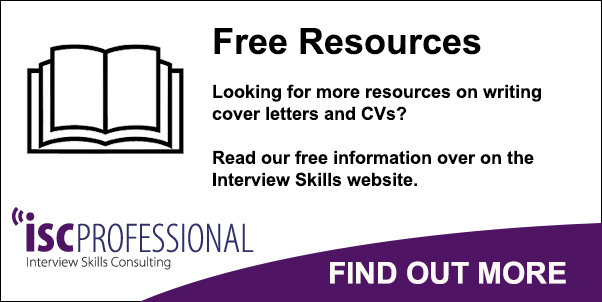Successful Cover Letter Formats and Features to Include
Composing an application cover letter may seem a tedious chore, particularly after a long and complex job application form has been completed. You cannot fail to neglect the final step in the application process, however – and getting the necessary features and correct format is a must.
Many employers have such an influx of job applications they only take time to scan cover letters in their initial interview shortlisting procedure. Skimpy and poorly laid out cover letter applications may result in applications heading straight to the waste bin, with no opportunity given for interviews.

Successful Cover Letter Features
Once you ace the cover letter procedure, your letters take next to no time to process and will arouse interest from employers, resulting in more focused attention to your CV or application form. Follow these simple steps for cover letters and your interview opportunities will be enhanced:
1. Stay focused, keep to the point and ensure your cover letter fits on one page
2. Ensure your name, address and phone contact details are clearly visible on your letter
3. Positive language and relevant detail that’s tailored to the job opportunity will ensure your cover letter stands out. It doesn’t take long to compose individual cover letters once you acquire this skill
4. Summarise strengths in your cover letter and relate skills to the type of job. It’s always a good idea to inform recruiters of the reasons you’re interested in particular vacancies, too.
5. Use hooks to capture the attention of recruiters and arouse interest. Telling recruiters what you can do for the company and the skills or benefits they will acquire if you are given the role is a good way to ensure your CV or application form is read with greater interest.
6. Check spellings and grammar on cover letters thoroughly prior to sending your applications and ensure the company details and recruiter’s name are correctly spelt and formatted. Constant use of the personal pronoun “I” doesn’t give a good impression, vary the language used in your letter to inspire greater interest and avoid repetition.
Cover Letter Format
Follow this format for your letterhead and the recipient detail and formal signing off of your cover letters, for maximum professional effect.
Fancy fonts, formats or layouts won’t generally be successful in situations of this nature, most employers prefer to see professional cover letters that are formatted to specific business letter layout conventions. Of course, there could be exceptional cases where it’s acceptable to produce outstandingly different layouts for cover letters, perhaps for a creative role in a modern company.
As stated, keep your cover letters to a maximum one page in length. You don’t need to reiterate all the detailing within your CV or application form, an ideal cover letter will probably consist of three to four short paragraphs. Bullet points or numbered points may help you maintain a consistent focus in your letter and cut out any inessential text.
Positive language and the use of action verbs is also recommended. You’ll discover some examples of cover letters in the free information provided on our website so it will be a fairly easy matter to gear one of these samples to your own job applications.
You will find comprehensive instructions on laying out your cover letter on the Interview Skills Consulting website.
Interview Skills Consulting provide one-to-one interview coaching for candidates, alongside a variety of coaching sessions to give insight into careers and executive choices. You will discover a wealth of useful work and interview-related information on our website to help you make the most of the job hunting process and achieve offers for your dream roles. Contact us to learn more.





